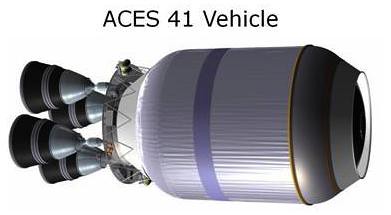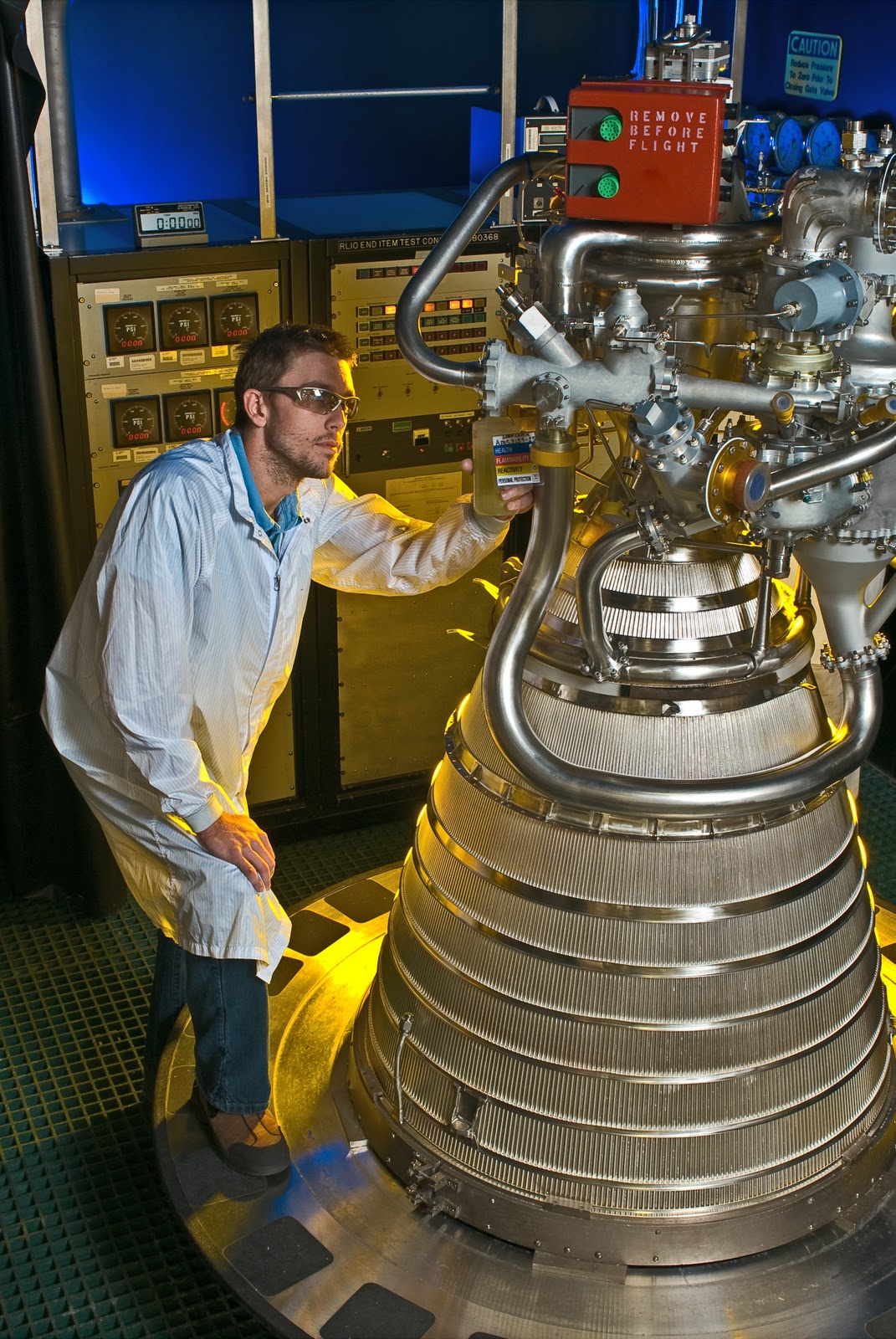- Joined
- Jun 22, 2008
- Messages
- 6,368
- Reaction score
- 0
- Points
- 0
I'm not sure about the SSME exhaust that you have here, from the pictures I've seen. The SSME has relatively minimal visible exhaust, and as far as I know does not emit any visible smoke or mist (of course, it's pretty difficult to tell with those boosters firing as well  ), and late in ascent they don't have any visible exhaust plume at all- the visible sign of engine operation is a bright blue glow inside the engine bell.
), and late in ascent they don't have any visible exhaust plume at all- the visible sign of engine operation is a bright blue glow inside the engine bell.
There simply isn't anything for exhaust products to react with up there. The same sort of thing is clear in Apollo videos too; the famous video of first stage seperation shows no visible exhaust from the J-2 engines on the second stage while the video of S-IVB seperation shows (after engine startup) a visual effect which is quite similar to that seen in Shuttle videos: a bright blue glow in the engine bell.
The RS-68 emits a very spectacular flame early on during launch (presumably from unburnt fuel reacting in the lower atmosphere). That thing practically sets itself on fire during startup!
But this flame also diminishes as the vehicle climbs into the upper atmosphere.
Of course in Orbiter, rocket engines regularly emit flames of all shapes and sizes... which is not necessarily adherant to reality. :shifty:
But it differs for different propellants and different engines. Solid motors, for example, will likely utter just about as much visible flame and smoke in a vacuum as they would in the lower atmosphere.
There simply isn't anything for exhaust products to react with up there. The same sort of thing is clear in Apollo videos too; the famous video of first stage seperation shows no visible exhaust from the J-2 engines on the second stage while the video of S-IVB seperation shows (after engine startup) a visual effect which is quite similar to that seen in Shuttle videos: a bright blue glow in the engine bell.
The RS-68 emits a very spectacular flame early on during launch (presumably from unburnt fuel reacting in the lower atmosphere). That thing practically sets itself on fire during startup!
But this flame also diminishes as the vehicle climbs into the upper atmosphere.
Of course in Orbiter, rocket engines regularly emit flames of all shapes and sizes... which is not necessarily adherant to reality. :shifty:
But it differs for different propellants and different engines. Solid motors, for example, will likely utter just about as much visible flame and smoke in a vacuum as they would in the lower atmosphere.
Last edited:















